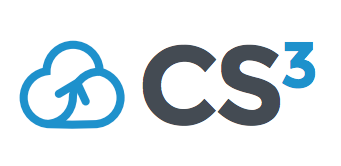Speaker
Description
We present our recent work [1] where we applied state of the art deep learning techniques for image recognition, automatic categorization, and labeling of nanoscience images obtained by scanning electron microscope (SEM). Roughly 20,000 SEM images were manually classified into 10 categories to form a labeled training set, which can be used as a reference set for future applications of deep learning enhanced algorithms in the nanoscience domain. The categories chosen spanned the range of 0-Dimensional (0D) objects such as particles, 1D nanowires and fibres, 2D films and coated surfaces, and 3D patterned surfaces such as pillars. The training set was used to retrain and train from scratch on the SEM dataset and to compare many convolutional neural network models (Inception-v3, Inception-v4, ResNet). We obtained compatible results by performing a feature extraction of the different models on the same dataset. We performed additional analysis of the classifier on a second test set to further investigate the results both on particular cases and from a statistical point of view. Our algorithm was able to successfully classify around 90% of a test dataset consisting of SEM images, while reduced accuracy was found in the case of images at the boundary between two categories or containing elements of multiple categories. In these cases, the image classification did not identify a predominant category with a high score. We used the statistical outcomes from testing to deploy a semi-automatic workflow able to classify and label images generated by the SEM. Finally, a separate training was performed to determine the volume fraction of coherently aligned nanowires in SEM images. The results were compared with what was obtained using the Local Gradient Orientation method. This example demonstrates the versatility and the potential of transfer learning to address specific tasks of interest in nanoscience applications.




